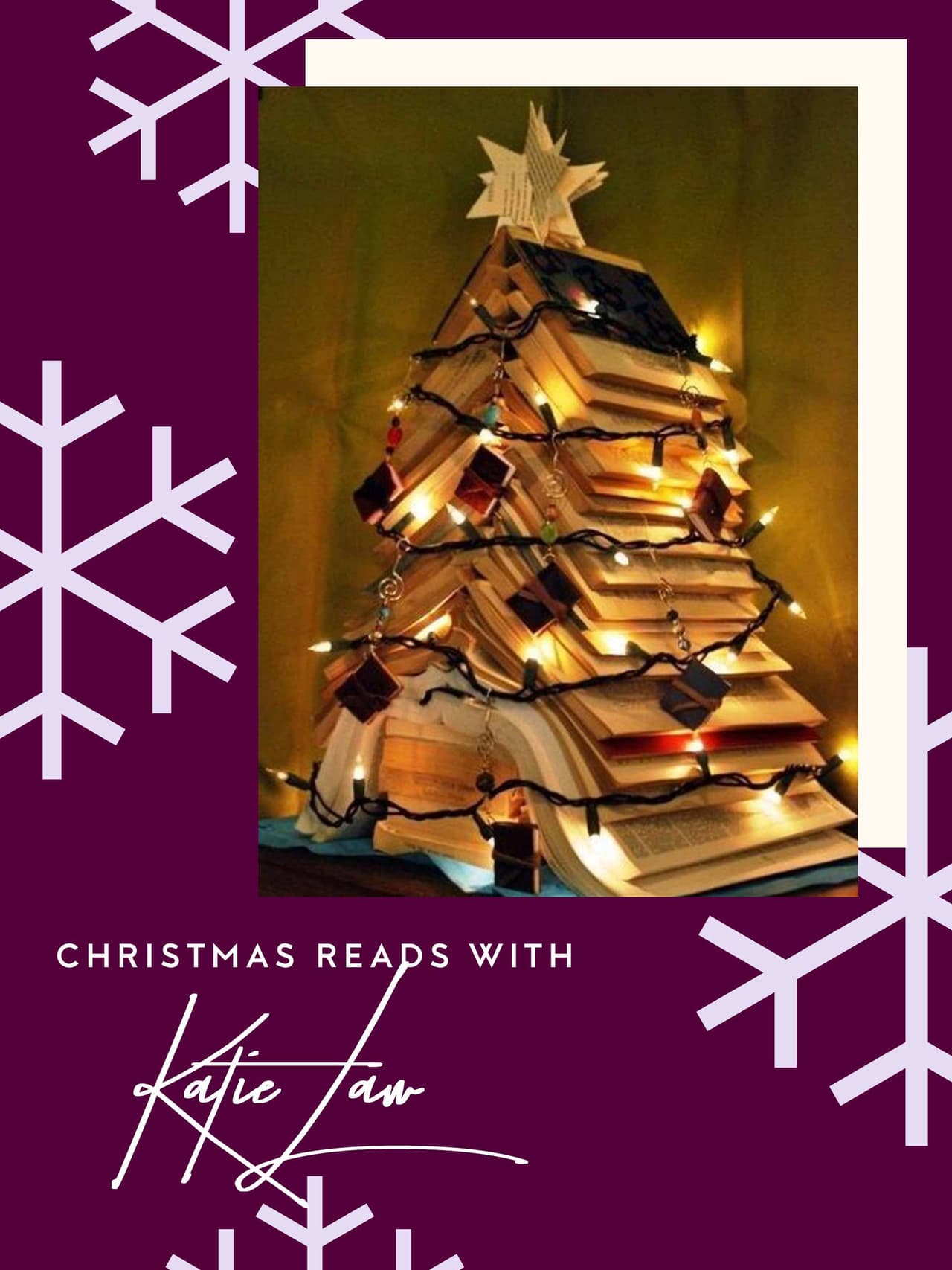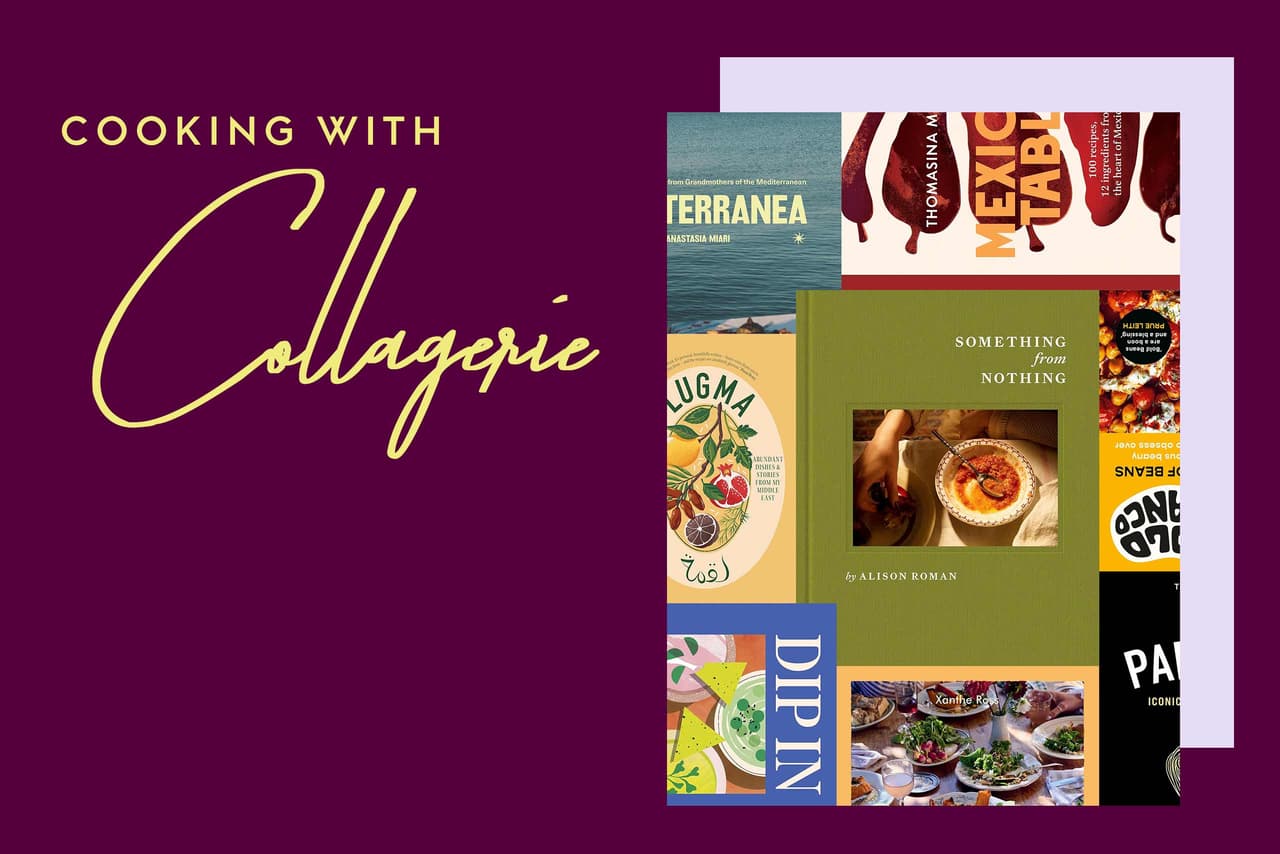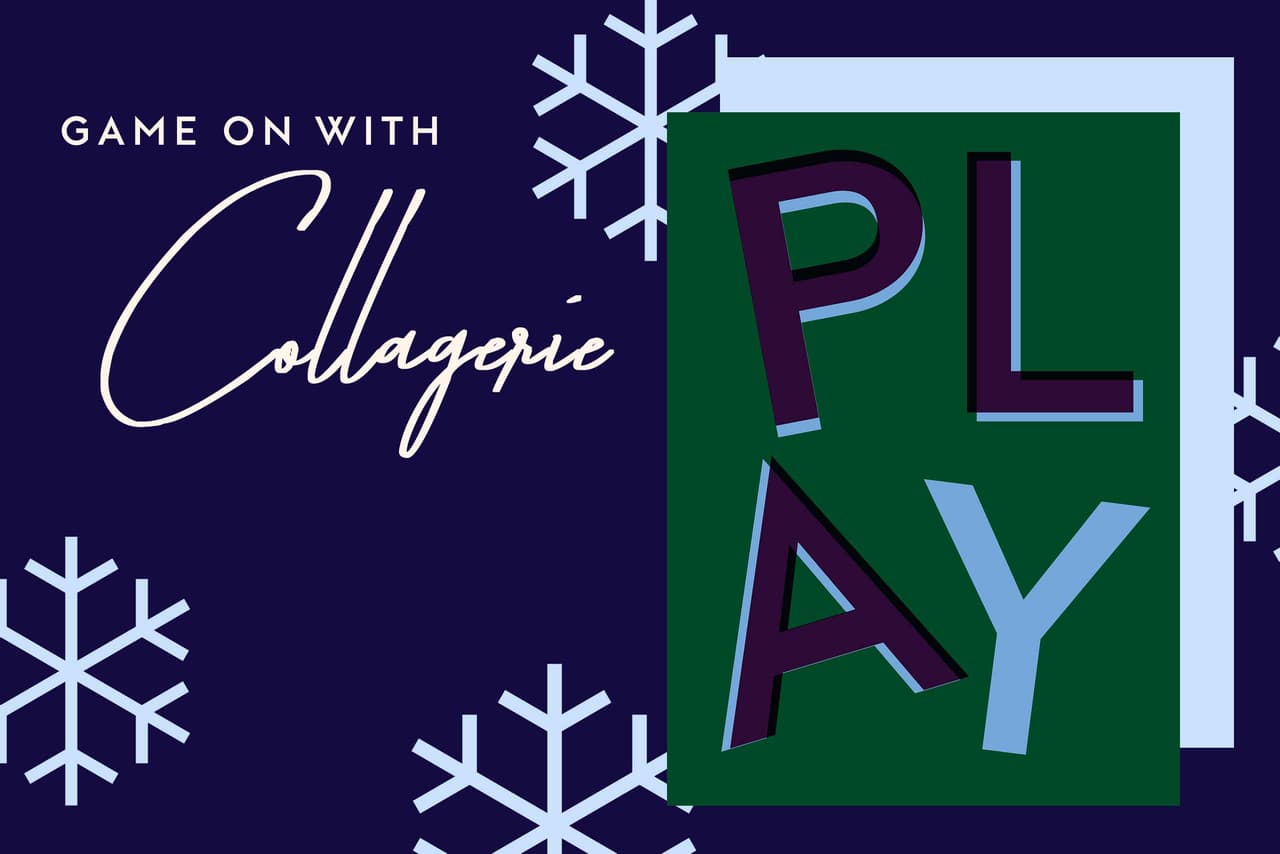Life & Style
Spreading The Word
There are few presents as universal as a brilliant book. From ABCs for little learners to romantic reads, laugh-out-loud lit, heart-thumping thrillers and intriguing autobiographies – there really is something for everyone, and Collagerie’s library mistress has curated this year’s hot list. Read on…

Small Things Like These by Claire Keegan
Set in 1985 in New Ross, County Wexford, this Booker Prize-shortlisted novella tells the story of coal merchant Bill Furlong as he struggles to fulfil orders and provide food, warmth and festive cheer for his wife and five daughters in the weeks leading up to Christmas. When Furlong delivers coal to the local convent, he uncovers a shocking secret – one in which the church is entirely complicit and that resonates deeply with his own childhood. His mother – pregnant at 16 and shunned by her family – had been taken in by a Protestant widow who raised Furlong after his mother died. Will he face up to what he now knows, or turn away and keep quiet like everyone else? Keegan has dedicated the book to those lost women and children of the Magdalen laundries – a terrible tale all its own – and her gift to evoke time and place, as well as stir the heart, is remarkable. A perfect gem; I loved it.
The Real and the Romantic: English Art between Two World Wars by Francis Spalding
Among the many current and very welcome trends in the art world is a revival in interest in the artistic output in England in the two decades between the two world wars. Frances Spalding, an impeccable art historian with a string of brilliant biographies to her name, refocuses her lens to show the devastating effects that WWI had on creativity, and how a desire for the past coalesced with the need for something different to produce a unique and exciting moment in art. Here are the artists we know and love already, such as Stanley Spencer, Paul Nash, Henry Moore and Eric Ravilious, but Spalding shines her light on lesser-known stars too, including John Nash, Tristram Hillier and Algernon Newton. Women get a good show, and not just the obvious ones like Dora Carrington and Gwen John. The book is solid in every way: a thumping tome, lucidly written, gorgeously illustrated and printed on lovely thick cream paper.
Girly Drinks: A World History of Women and Alcohol by Mallory O’Meara
According to this LA-based, bourbon-loving historian, women have always been at the heart of hooch, not just as serving wenches, but in the making and consumption of it too. O’Meara offers a feminist-slanted whistle-stop tour, detailing our long love affair with alcohol, lightly erudite and full of fascinating facts. Our earliest, tree-dwelling ancestors “discovered” alcohol by eating rotting, fermenting fruit, thus gaining an evolutionary advantage by being able to consume a lot of calories quickly. Yes, booze is fattening! Cleopatra loved it, Catherine the Great bribed soldiers with it, and in the Middle Ages, everyone drank it because it was safer than water. Li Qingzhao, the 12th-century Chinese poet, famously described cheeks “flushed from wine” while Ada Coleman, known as “Coley”, became the first female head bartender at the American Bar at the Savoy, serving Charlie Chaplin and Marlene Dietrich among others, and making the bar world famous. What better present for your curious, clever, glass-clinking girlfriends.
Mrs Willmott’s Ghosts: The Extraordinary Life and Gardens of a Forgotten Genius by Sandra Lawrence
Born in 1858, Ellen Willmott grew up in a wealthy Victorian household and inherited the family home when her father died. Thanks to a vast financial settlement from her godmother, she could indulge her passion for plants by acquiring more land at Warley Place, as well as houses in France and Italy. Prodigiously extravagant and famously unpleasant, in 1897 she was one of only two women – the other being Gertrude Jekyll – to be awarded the Royal Horticultural Society’s Victoria Medal of Honour. To the astonishment of all, she failed to turn up to the ceremony, and Lawrence has an interesting theory as to why. Wilmott became increasingly eccentric: she sowed sea holly seeds in her competitor’s gardens, carried a revolver in her handbag, and booby-trapped her prize daffodils to deter thieves. Sadly, the ending brought penury for her and dereliction for the house and gardens, but Lawrence recounts it all as with sleuth-like enthusiasm, re-examining old clues and uncovering new ones.
Colditz: Prisoners of the Castle by Ben Macintyre
Ben Macintyre has cornered the market in gripping tales of wartime heroism and moustachioed derring-do that read as compulsively as the best thrillers. Now he takes on the extraordinary story of Colditz. The myth of hardy British prisoners of war spending months plotting to escape from the impenetrable hilltop castle in Nazi Germany is only a tiny part of a more interesting story, he says, and is ripe for the retelling. The irony was that in believing Colditz was impossible to escape from, the Germans gathered the worst-offending POWs (including Douglas Bader) under the same roof, and escape attempts occurred almost daily. Bringing new material and fresh insights, Macintyre paints a superb portrait of a pre-war micro-society – with its inherent racism, snobbery and rigid class structures – operating within the castle walls, not to mention rampant but covert homosexuality. How did the men cope with their confinement and what else did they get up to apart from trying to escape?
Lessons in Chemistry by Bonnie Garmus
This debut novel, written by a copywriter in her sixties, has been one of the year’s biggest literary sensations. Fought over by publishing houses, adored by its mainly female critics, hogging the bestseller lists and already in production for an Apple TV series starring Brie Larson, it’s an ingenious comedy with a serious social message about a clever woman fighting her corner and winning. It’s California in the ’50s, and Elizabeth Zott is training to become a research chemist at a time when “women wore shirtwaist dresses and joined garden clubs and drove legions of children around in seat-belt-less cars without giving it a second thought”. Fast forward 10 years and thanks to workplace misogyny, she’s out of a job, so tries her hand as a TV cook instead. It turns out that her passion for science translates brilliantly into dispensing lessons in life as she whisks onscreen, to the delight of millions of housewives. Entertainment with a kick.
Vivian Maier by Anne Morin, Christa Blüminger and Ann Marks
The incredible story of Vivian Maier, the Chicago nanny who was a secret hoarder and street-life photographer, only came to light 15 years or so ago, after she defaulted on some storage lockers and her boxed belongings went to auction. They contained extraordinary treasures: prints, negatives and undeveloped film comprising over 140,000 images. Maier died in 2009. Since then, largely due to the efforts of John Maloof, one of the buyers of those boxes, she has been posthumously and deservedly catapulted to fame through exhibitions, documentary films and books. Beautifully, meticulously composed, often filled with shadows and reflections, framed by buildings and doorways, her images range from lonely figures seen from behind to self-portraits taken in mirrors; from scowling children to laughing oldies – a girl in a high heel and twirling skirt here, an old man in a ratty old overcoat there. Words don’t do justice to her pictures, but this new compendium, which serves as a wonderful retrospective, does.
House Arrest: Pandemic Diaries by Alan Bennett
Being banged up at home during lockdown turns out to be a mixed bag for Bennett, as he records in this latest slim but enjoyable-as-ever volume of diaries. At eighty-six he has arthritis, is hard of hearing, walks with a stick and spends a lot of time collecting medications from his friendly local pharmacist in Camden Town. Frequent washing of his hands makes them “shiny, veinous and as transparent as an anatomical illustration”. On the plus side, having his partner Rupert at home means “regular cups of tea and a lovely hot lunch”, while occasional random meetings outdoors bring unexpected joy, such as a chat with a tall black man sweeping leaves in Chalcot Square. Inevitably there’s a pervasive spirit of melancholy and nostalgia, in the memories and sudden flashbacks: from early childhood, going fishing with his parents, his days as an Oxford undergraduate, as a working playwright, and much more. They are just slivers of a sentence sometimes, but sharp, tender and touching.
On Java Road by Lawrence Osborne
I’ve long been a fan of Osborne’s menacingly dark literary thrillers. His latest is set in Hong Kong, where Adrian Gyle, a boozy, veteran ex-pat British journalist, finds himself becoming increasingly embroiled in the love affair between his old pal from Cambridge days, the philandering Jimmy Tang – a playboy and scion of one of the city’s wealthiest families – and Rebecca, an attractive young pro-democracy protestor. When Rebecca suddenly vanishes and Jimmy goes quiet, Adrian wonders what’s going on and his investigative instincts kick in. Could one of the floating corpses in the harbour, supposedly suicides, be Rebecca’s, and could Jimmy be involved? Against a backdrop of riot police and tear-gas, seedy nightclubs and martinis on yachts, Gyle must decide what discovering the truth might cost him, and if he’s prepared to pay the price. Osborne has written another wonderfully atmospheric, compulsive page-turner that shimmers with malice while also being his most political book yet.
Abominations by Lionel Shriver
We need to talk about the importance of syntax and grammar, about fiction and identity politics, about the importance of saying no, about faith and goodness, about whether the self has a sex and if it matters, about the malign genius of a throwaway culture that encourages us to keep shopping for tat, and about the essentially joyful nature of armchair catastrophising. These are just a few of the topics that Shriver, almost better known these days for her spiky, contrarian views than for her novels, confronts in this collection of essays stretching back to 2008. Sometimes funny, sometimes serious, always entertaining, Shriver remains one of the few fearless voices in the publishing world brave enough to speak her mind and take the flak. And she keeps on going. You can disagree with her all you like, in fact you should, at least some of the time. That’s the point.

